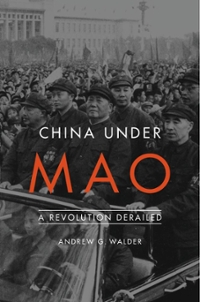Please see image
In many countries, armed forces rely both on volunteers and conscription for military service, For example, in Denmark, eligible men for military service are required to draw a number, Depending on the number they draw, they may get drafted if there aren't enough volunteers, Consider a very simple game with two riskJneutral players, who are eligible for military service.[1]The Army needs only one of them. Piayer1 moves rst, and decides whether or not to volunteer. If Player 1 volunteers, then the game ends. Playert receives a payoff of (E! C), where B represents the benet ofvolunteering and C represent the cost ofjoining the army, respectively. (You can think of both monetary and nonmonetary benets and costs), in this case, Player 2 gets a payoff of zero, If Player1 does not volunteer, then Player 2 who observes this decision, decides whether or not to volunteer. Simiiarly, if Player 2 volunteers, the game ends with leaving Player 2 a payofF oflEl 7C), whereas Player! obtains a payoff ofO. If Player 2 does not volunteer either, then the army drafts one ofthe players with the luck of the draw, Therefore, Player1 and Player 2 gets drafted with an equal probability. 0.5, As the result of the draw, the player who ends up being drafted receives a payoff ofC (since the benefits otvolunteering does not accrue in this case). The player who ends up not being drafted receives a payoff of 0, a) | suggest for you to start by drawing the game tree, using Nature as a nonestrategir: player representing the (possible) uncertainty in the game. You do NOT need to turn this tree in, but it will be helpful to sketch it out, b) Let BthO and C=600. What is the rollback equilibrium of this game? [10 points] c) Does this game with the payoff structure described in (b) exhibit rsternover advantage, secondmover advantage, or neither? Explain. [10 points} d) Now consider that Player 2 has a different value of C than Player 1, Determine the minimum value of C, which makes the following commitment credible: \"I will not volunteer regardless of what you do." [10 points] e) Choose a larger value of C than you found in part (d), and solve the game for rollback equilibrium, is the equilibrium outcome different than the one you have described in part (b)? [10 points]







